Choosing best portfolio school for you
If you put in the work, you can get a great creative portfolio anywhere. But some make it easier than others. Finding the best Portfolio School or Advertising Masters Degree for your personal situation makes all the difference. This guide will outline the questions you should be asking before making your choice. There’s a lot of information, and yes, it can be incredibly confusing.

Table of Contents
Perhaps your best Portfolio School isn't actually a Portfolio School.
The best Portfolio School could be an incubator, such as the D&AD New Blood Shift program running out of New York. Or it could be an online mentorship program like The Workshop.
After all, many great creatives have come out of short night-courses. David Droga for one.
Say you’re coming out of high school. You might be interested in advertising but want to enjoy a college experience too. Or perhaps you want to keep your options open in case you change your mind about your future career.
In that case, if you have an artistic bent, you might consider an advertising design program such as that at the Art Centre College of Design.
Or if you think you might enjoy copywriting, perhaps you’d consider one of the wide variety of undergraduate programs that open a broader window to the advertising industry as a whole, but allows you to focus on creating a portfolio of creative work that might land you an internship in an agency, or even a full-time role in a creative department.
If you have a degree in a related field, such as literature or film, a master’s degree might suit your style better. Or maybe, just maybe, your best portfolio school IS actually a portfolio school.
Because there are so many choices, we’ve created an e-Book that covers all of the major programs in detail across undergraduate, masters, portfolio schools, mentorships, short courses and more. It will help you decide exactly what type of study you need, as well as the best place to go. Click here to learn more about the Ad School Buddy for USA and Canada.
Tossing up between a portfolio school and a masters program?
You will get a hundred different opinions from a hundred different people. The correct answer depends on your personal situation, your background and the specific goals for your career. We’ve written a separate article that goes into the pros and cons in more detail.
Make your short list
This might seem obvious, but you’d be surprised how many people skip this step. Don’t rush to sign up to anything.
Almost all of the schools have very detailed application processes. It may include a portfolio that demonstrates an aptitude for working in the creative industries. It might also include a series of creative challenges that take a lot of time to complete too. That’s a lot of time to invest in what you might come to realise isn’t the best ad school for you.
So we’ve compiled a series of questions we urge you to ask admissions officers at every program on your shortlist – portfolio school or otherwise – before committing any of your time or money to them. Get the whole picture. Not just their sales pitch.
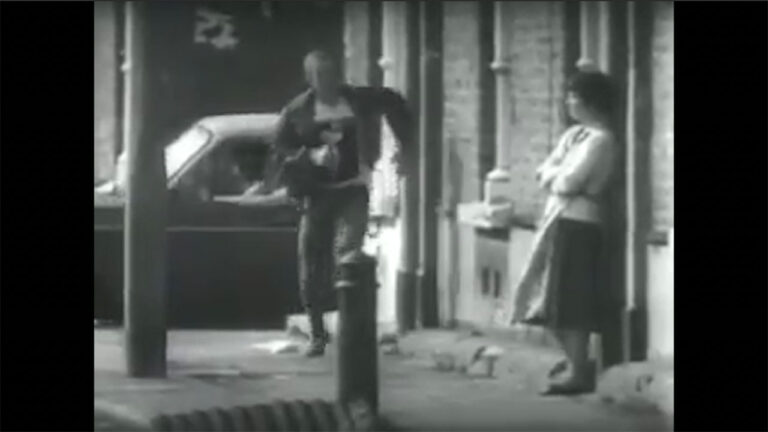
What's your most recent job placement rate?
Without exception, you’ll be led to believe that top advertising agencies are fighting to hire graduates from each and every masters program and portfolio school. Some schools have legitimate claims to this. VCU Brandcenter is the most notable program with a stellar placement rate. They are widely considered the best program in the country, which is why admission is so competitive and tuition so expensive.
Many other programs can boast legitimately high placement rates too. But make sure you look deeper. Sometimes they will mix their more easily employable strategy and UX design students into the count to pump up the percentages. Ah. Statistics. See the video below to see what I mean. With some massage, statistics can mean anything.
Make sure they give you the placement rate just for the creative advertising program. Not for the school as a whole.

What is your school’s graduation rate?
When we update the Ad School Buddy every six-months, this is without doubt the question schools avoid answering the most. (More so for Portfolio Schools than Advertising Masters Programs.)
Every Portfolio School is a for-profit institution. That in itself isn’t the problem. The issue is that many portfolio schools have a reputation for taking anyone that is prepared to pay the tuition. Portfolio Schools typically have four intakes a year, and it hits their bottom line if a seat isn’t filled. The effect is that many students that join the first class aren’t going to be there at graduation.
If you’re prepared, this mightn’t worry you too much. But it can be demotivating to see students dropping out all around you. The truth is, in an ideal class you will learn as much from your classmates as you do from your teachers. There will be an infectious energy in the student body and you’ll be sharing your new discoveries with each other. Making all of you better.
It’s hard to do that if there are only a few of you.
Reassuringly, advertising agencies looking to hire for their creative department DO know about the drop-out rate. Which means they DO appreciate the few that made it through the fire. The best portfolio schools are no picnic. And they shouldn’t be. You have a lot to learn about being a creative and two years is not as long as you think.
Where are your most recent graduates working?
This question is designed to uncover the quality of an Ad School’s industry contacts, and which agencies / companies recruit from the school.
Portfolio Schools cherish their industry links. They are composed of past students, guest lecturers and the contacts of the teachers at the school. That database will be used to ask recruiters to attend portfolio reviews, set up internships, or even to recommend an outstanding writer or art director for an interview.
This question gives you insight to the quality of those connections. You want to meet a lot of quality people in the ad industry to connect with. Every e-mail address or LinkedIn connection you can get are incredibly valuable at this stage.
How do you help students get hired?
End-of-course portfolio review sessions are commonplace. The quality of the creative directors and recruiters who show up are variable. Find out who turned up last year, see if you can find photos or video last years session to see if the heavy hitters from the best agencies turn up.
Don’t be satisfied with just a recruiter session either. Many ad schools go further. Job boards, creative competitions, Q&A sessions and many other initiatives are great to have. You want as many chances as you can to show them what you’re made of.
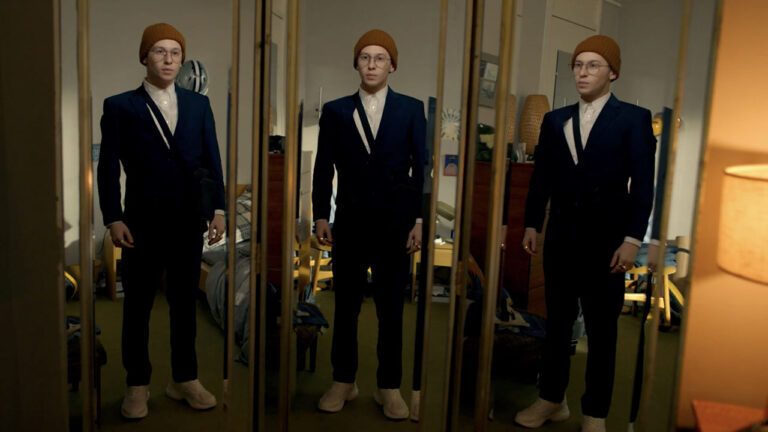
Do you have links to graduate portfolios?
There are two benefits to this question. Firstly, the quality of previous student advertising portfolios gives you an idea of what you might also be able to produce at that school. Are you impressed? Are you envious? Make sure you look at more than one or two – get a feel for the quality of the class as a whole. Many of the best portfolio schools have the confidence to put links to their entire graduation class portfolios on their website. That’s a good sign.
My second take is that those portfolios are how recruiters and creative directors perceive the school right now. If you have the chance, find out which student portfolios are now working in a creative department, and for who. (LinkedIn is your friend). It’s easier to hit a target if you know where it is, after all.
Above all, this is a great reference point for you as you begin to work on your own portfolio. Because you should be working on it already. A portfolio is a process, not a project.
Are there specialised classes for Copywriters?
Anyone can come up with an idea. Execution is where it’s at. So said Jeff Bezos.
Writing a headline is just the beginning. Copywriters will need a broad range of skills to help them wield their words with the force your clients deserve. You’ll need to learn how to deliver a punchy message in short form, long form, social, blog posts, and whatever else might be given to you to work on as a junior creative.
Some writers are talented with words. But don’t confuse talent with a developed skill. Specialised classes in your craft will help you so much once you land in a creative department.
Some campaigns are Copywriting campaigns, and you’re going to have to learn how to pull them off. But having said that, you’ll need an art director to make sure it sizzles.
Also, remember that if a school doesn’t have these kind of classes, it doesn’t necessarily mean you should disqualify them as an option. You can do short courses at institutions such as General Assembly or Hyper Island to fill any gaps you might have.
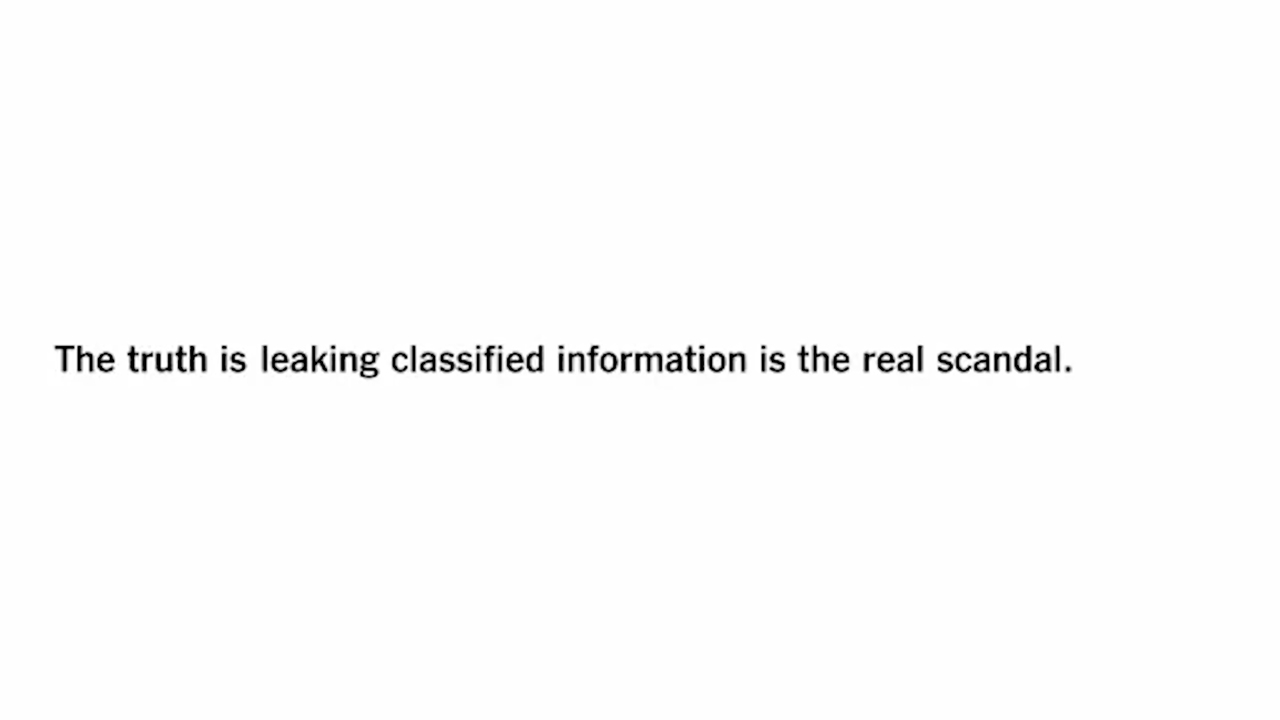
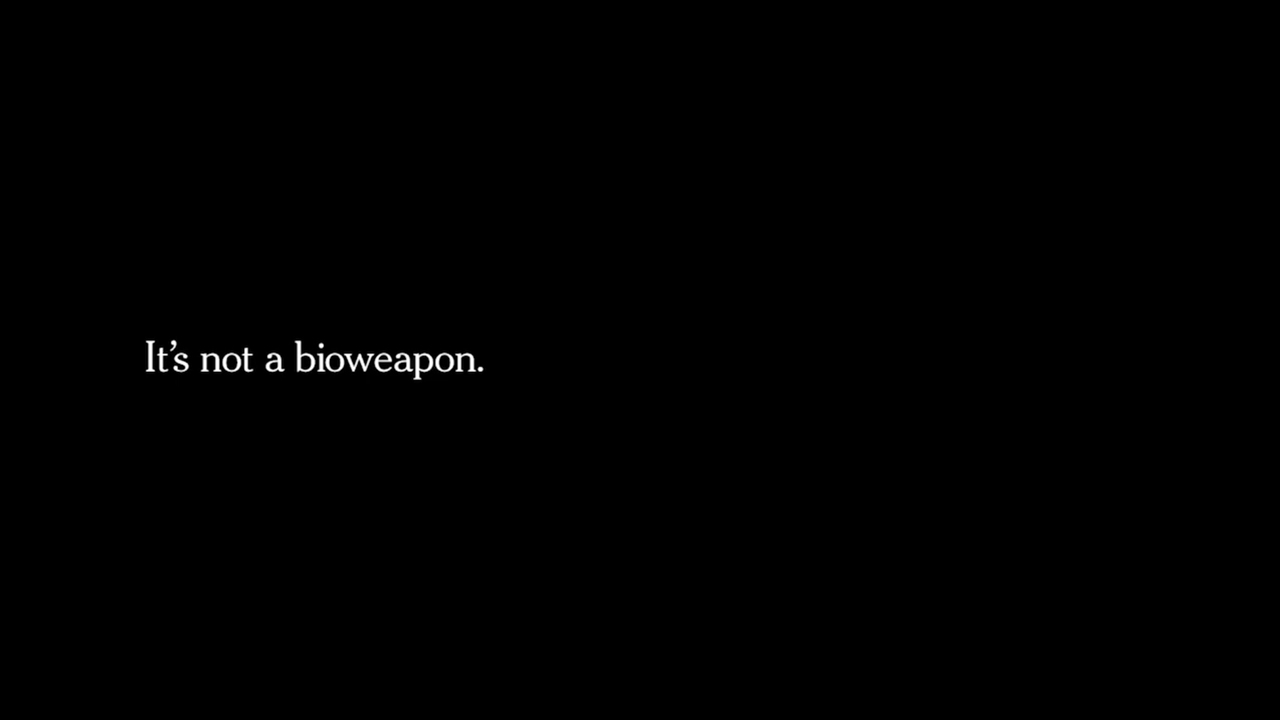
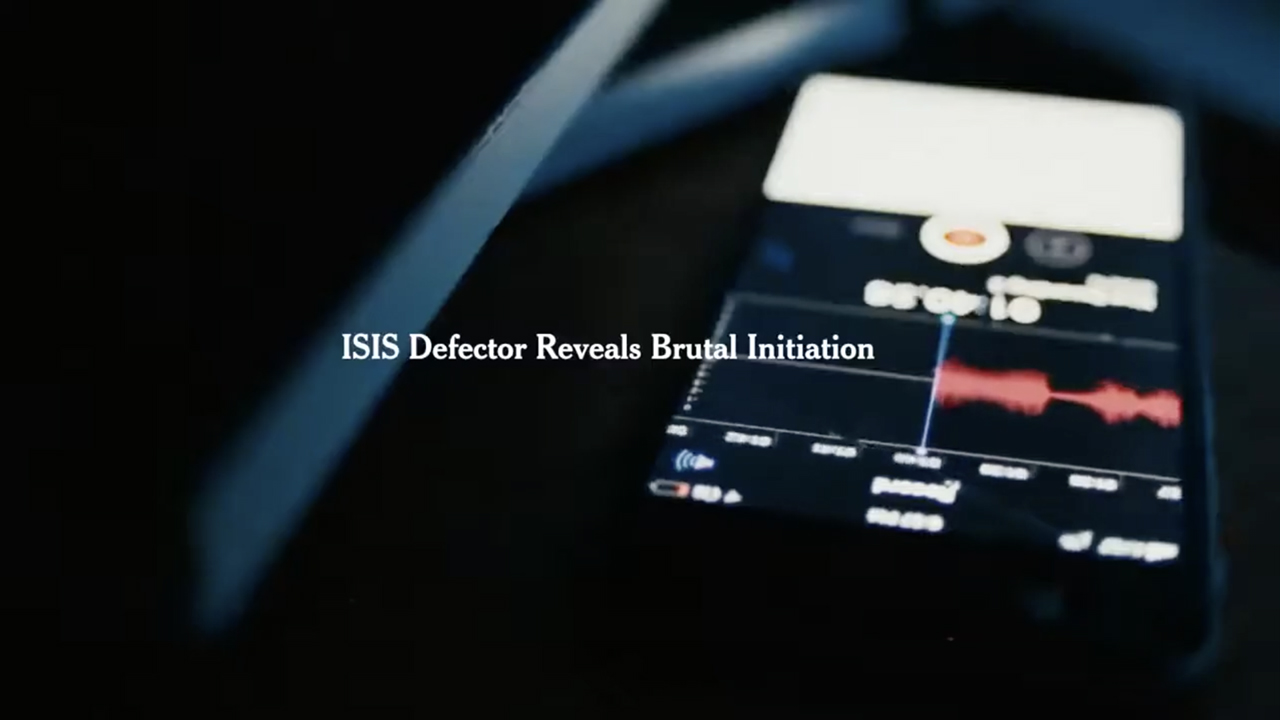
Are there specialised classes for Art Directors?
Anyone can come up with an idea. Execution is where it’s at. So said Jeff Bezos.
Coming up with great ideas is only half the equation. If you are interested in Art Direction, you will need to be building your craft skills at the same time. And learning to use the design programs in the Adobe Suite (as awesome as they are), simply isn’t enough.
Art Direction is a difficult skill. Very few have mastered it. You will need to learn how to juggle typography, photography, illustration, animation, film to help your ideas shine as well as they can in whatever medium they need to exist. Art Direction is a delicate balance between commerce and art. Any help you can get it learning to navigate that balance is valuable.
Because some campaigns are Art Direction campaigns, and you’re going to have to learn how to pull them off. But having said that, you’ll need a copywriter to make sure it all hangs together.
(And yes, I’m well aware that these GAP ads have never made it anywhere near an award show, but that doesn’t mean they’re not good. Even the New Katy Perry one.)
Also, remember that if a school doesn’t have these kind of classes, it doesn’t necessarily mean you should disqualify them as an option. You can do short courses at institutions such as General Assembly or Hyper Island to fill any gaps in knowledge or craft that you might have.
Particularly for Art Directors, a consistent focus your craft is incredibly important. Throughout your career, I’d encourage you to develop your own typography, photography, and any other visual skill that you possibly can. You might do it through local community colleges, or short courses at esteemed institutions. Just keep on learning.
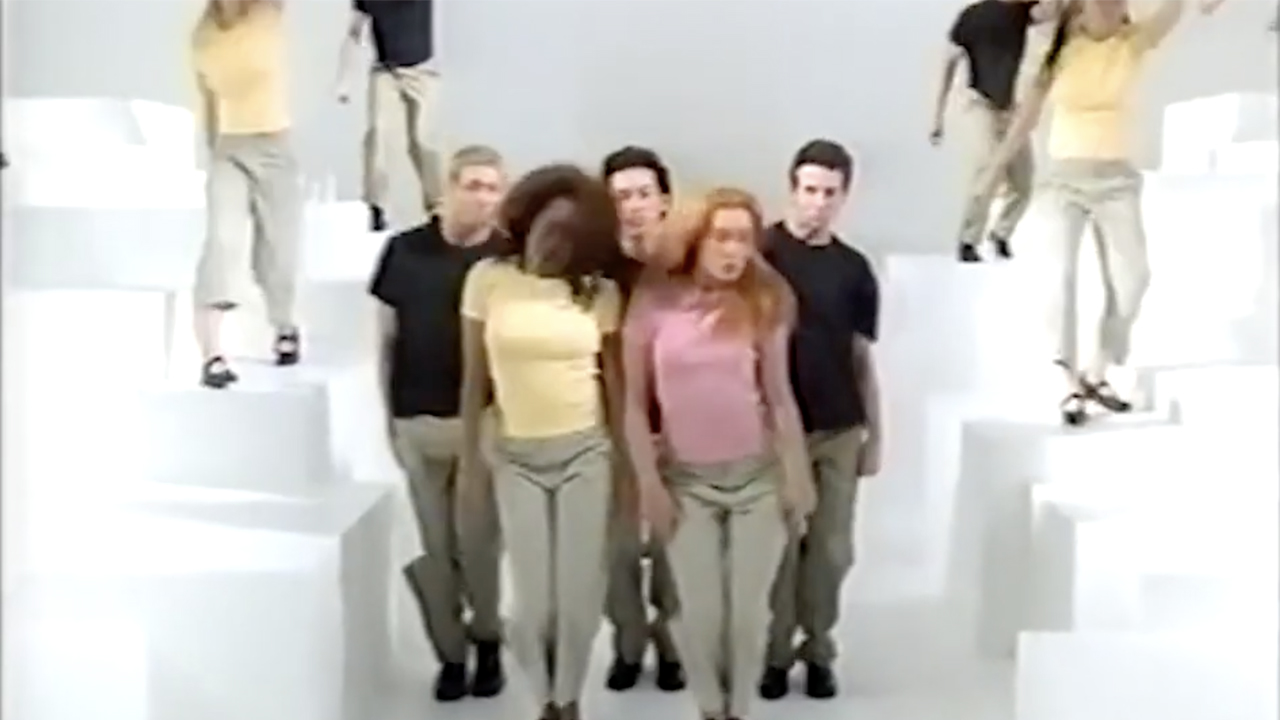

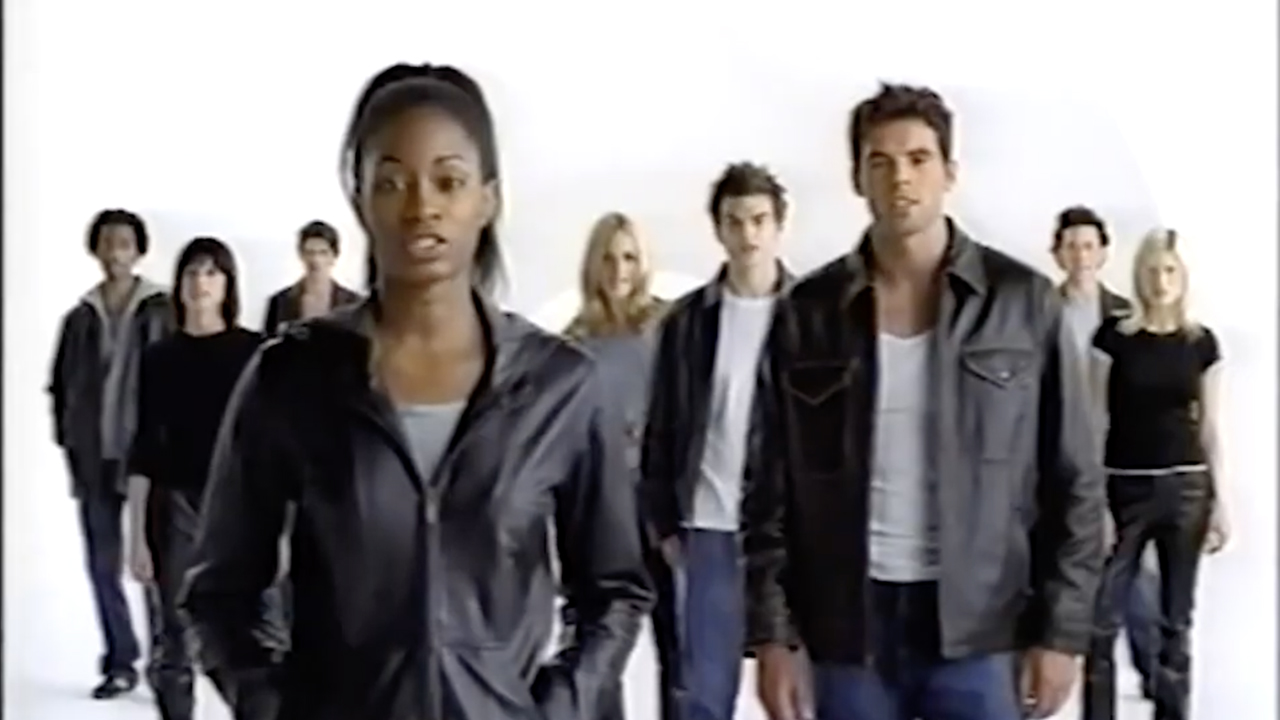


What does the school do to help students get summer internships?
This is a question primarily for masters programs as portfolio schools usually don’t have a long summer break. If you attend portfolio school, you might undertake an internship after graduation. Though I’m sure you’d prefer to just get hired.
If the agency offering the internship is aspirational enough, go for it and blow their socks off. Find out if the internships are paid or unpaid, and if they are curriculum subjects. Are the opportunities curated by the school? Are they organised so you can search opportunities by agency/company, location and job title? Will they facilitate the application process for you? Some colleges such as BYU AdLab even have a specific internship office.
Internships are a great way to apply what you learned in school in the real world and make valuable industry connections.
Who are your faculty?
How many are full-time? How many have actually worked or continue to work in the industry? And when they were there, how good were they? Did they make any iconic pieces of work that you admire?
Also, make sure there is a good balance between art directors and copywriters in the faculty. Make sure that some of the teachers have made it to at least creative director level in the industry so that they are adept at giving feedback and helping your work become the best it can be. Find out if they have worked at high profile agencies (or if they still do).
Remember though, everyone will tell you they’re better than they actually are. Just like Barry Dawson in the video below. (This is a campaign written in 2006 by Ant Keogh. Click the link to learn more about him.)
Check out the faculty’s LinkedIn profiles to see if they live up to the hype.

Who are your highest profile alumni?
How many graduates are hired is one thing. How high the school’s graduates have risen in the ad industry is arguably even more important. You want to know if the school helps prepare you for greater things. Are there any great creative directors that have come out of that school? Have any of them founded an agency and succeeded? Did any of their graduates make iconic pieces of work that have been widely awarded in creative shows such as D&AD, One Show and Cannes?
You’re making a huge investment in your future. Make sure it’s a future with great potential.
Why do recruiters and creative directors like about graduates from your school?
This is an interesting way to ask the school what they see as being their own strengths. Do they see themselves as a pure creative play? Or do they underpin their creative output with strategic rigor?
Sure. What recruiters and creative directors say about the school is interesting. But what is interesting is how the advertising graduate program views itself. That is their perception of their brand. You need to decide if that is a brand you are happy to wear.
Do you stay engaged with your alumni?
Look beyond Facebook and LinkedIn groups and the like. See if they have an active jobs board that working alumni populate with live opportunities for graduates. Do they still hold alumni events? Are there alumni newsletters that actively keep them engaged with the goings on at the school and the portfolios of upcoming graduates?
What else happens at the school beside the course?
Some schools have amazing lecture series and guest Q&A’s as a feature of their program. Look through their past programming and see who has turned up. Do they have an active YouTube channel with interviews perhaps?
I would also ask about their advertising library. Is it up to date with the latest publications? Is there depth and variety there? What other facilities do they offer? Are there cameras and lights you can borrow, or will you need to arrange to buy / hire your own? Do not underestimate how important it is to fill your head with a database of the greatest ads that have ever been made.
You are going to spend up to two years at an advertising masters program or portfolio school. It isn’t a stretch to take a few months to really research your options to ensure you are applying for places that will really make a difference to your career.
So which are the best Portfolio Schools?
There is no correct answer. Earlier in the article we mentioned VCU Brandcenter as one of the best. And it consistently has been.
Miami Ad School are generally well regarded (Although, the separate locations of Miami Ad School vary in quality. Keep an eye on that.) Denver Ad School is one to keep an eye on too. Masters Programs at University of Texas and BYU are in the top tier of programs.
All of the above are very expensive though.
If finances are a worry, there are alternatives. If you’re eligible, programs such as New Blood Shift are brilliant. But there are also sequences of short courses such as The Book Shop out of LA that are affordable and excellent.
It all comes down to your personal situation.
To get a detailed breakdown, consider perhaps buying a copy of the Ad School Buddy. We’ve spent a lot of time making sure it is the best possible resource for aspiring creatives. We profile in detail every course that’s available in North America. Take a look here to get a more detailed preview of the book.
Things to do
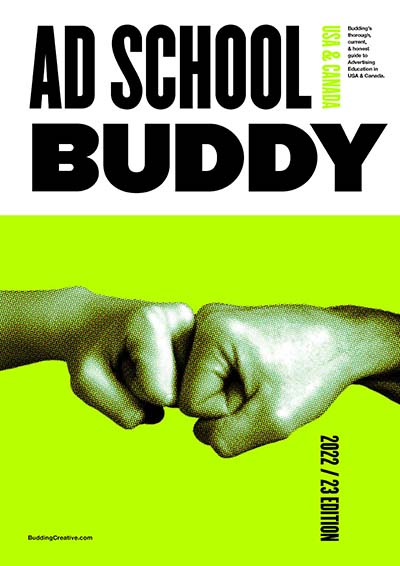
The Ad School Buddy
The complete guide. Undergrad, portfolio, grad, incubators and more.
More Articles
The Ad School Buddy
To make it as a professional ad creative, your choice of school is key. This is the most comprehensive guide to creative education in North America by far.






